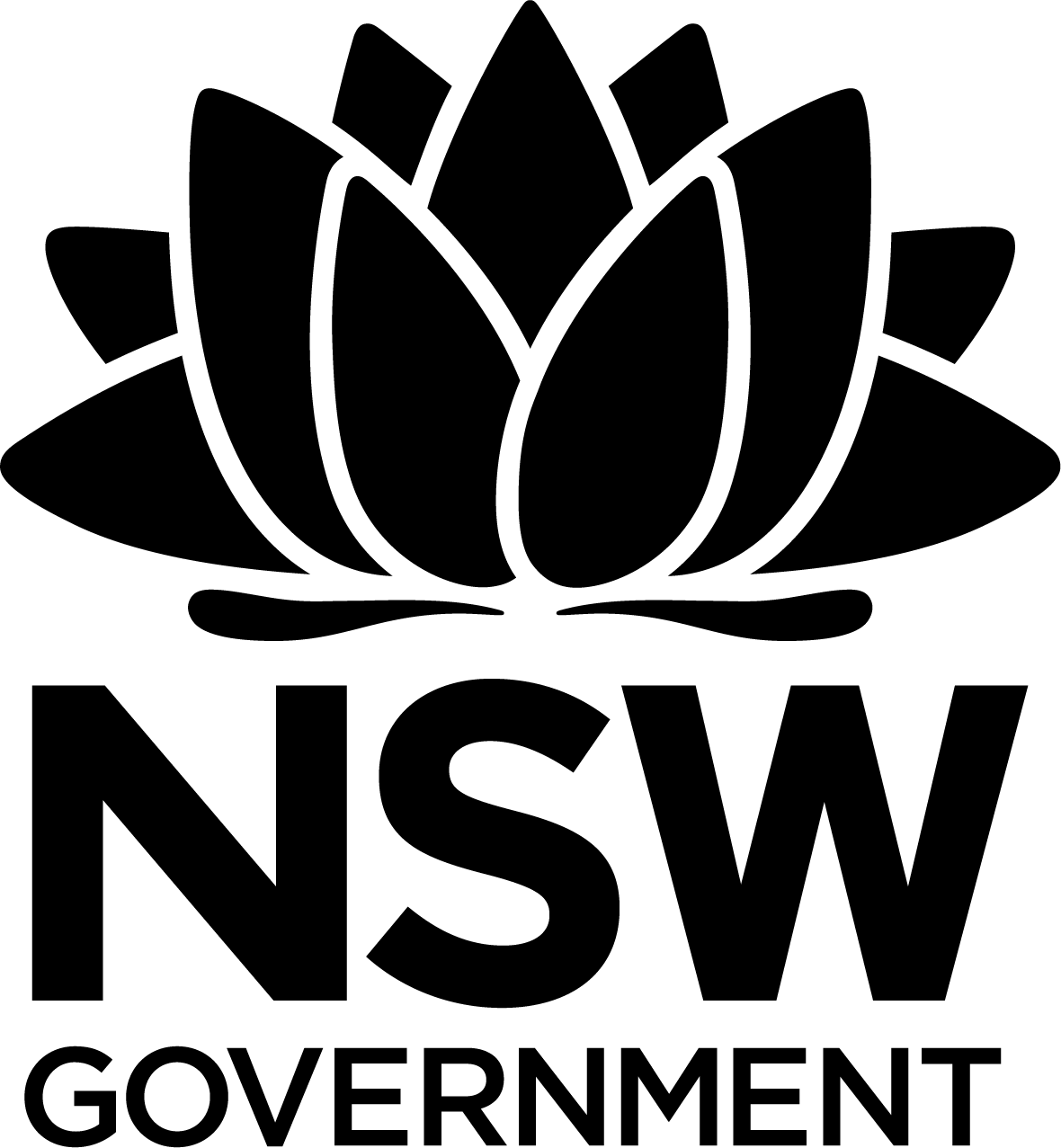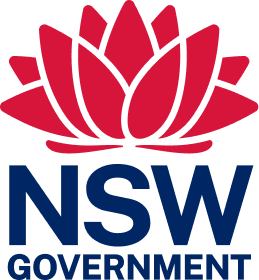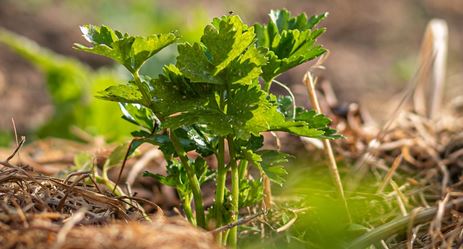
Crown land manager resource
Other funding and income
In addition to the Crown Reserves Improvement Fund, other funding options might be suitable for Crown land managers (CLMs) for financing Crown reserve activities. The following details on other grant programs is general information only. CLMs need to check their eligibility for each of these funding programs.
NSW Government Grants and funding
Find a government initiative, grant or funding program to help support your activity and improivements on your reserve. A range of funding programs that may be applicable to CLMs include the Emergency Works grants, Community War Memorials Fund, Heritage Grants Program and the Community Buliding Partnerhsips.
Visit the NSW Government Grants and Funding Finder on the Service NSW website.
Bushfire hazard reduction
CLMs can apply for funding for bushfire hazard reduction through local bushfire management committees (BFMCs). Local BFMCs fund activities to address local hazard reduction priorities. Examples of hazard reduction activities on Crown land include establishing or maintaining bushfire asset protection zones, fire trails, or containment lines. Contact the department for more information about obtaining funding through your local BFMC.
Australian Government grant programs
Indigenous Protected Areas program
Indigenous Protected Areas (IPAs) are areas of land and/or sea, managed by First Nations people for biodiversity conservation. This grant opportunity will provide funding to new IPAs and expanding (existing) dedicated IPA projects. Find out more.
Applications close: 6 Oct 2023.
Indigenous Ranger Program
Expansion of the Indigenous Ranger Program is expected to be announced in late 2023. Grant funding will be open to existing groups, new rangers and ranger groups. Register your interest for news on this program via email at: indigenousrangersgrants@niaa.gov.au
Other grant programs
The Australian Government's Business.gov.au and grants.gov.au websites provide online portals for grants, funding and support programs from across government.
Other organisations
Local Community Services Association -
The Local Community Services Association as information on philanthropic grants and trusts. Find out more
Our Community
Our Community is a web-based gateway for community groups and schools. It contains information about what grants are available, advice on developing a grant submission, and other general guidance on accessing community resources.
Note that if a particular source of funding involves committing to a loan agreement or contract, CLMs will need to seek approval from the department.
Foundation for Rural and Regional Renewal
This not-for-profit organisation lists a range of funding programs and grant-seeker resources for rural and regional Australia. Find out more
Other income
The best way to guarantee ongoing income for Crown reserves is to encourage suitable economic activities within the reserve, while at the same time maintaining the reserve’s purpose.
Income generation ideas include:
Leasing and licensing
Income can be sourced from short-term hire of Crown reserve venues (e.g. birthday parties), short-term licenses (e.g. sporting groups or a men’s shed) and leases (such as caravan park operators or food kiosks). View the leasing and licensing for more information.
Admission fees
Charging an entry fee to visit the reserve may be appropriate. Examples include fees for tourist and heritage sites, and flora and fauna viewing.
Fees or charges payable should be displayed in a public place - either online or on-site at the reserve. If this is not possible, the fee schedule should be made available upon request.
Fees may be rebated for certain users of the reserve provided the CLM has adopted a set schedule that outlines all applicable rates and discounts. For example, a discount of 50% may be applied to all pensioners.
The CLM has a responsibility to ensure all monies raised through the use of the reserve are spent on maintaining and sustaining long-term use and enjoyment of the reserve.
When determining fees to be charged, you should consider the costs associated with public access to reserve. Associated costs could include:
- general wear and tear of buildings/infrastructure
- use of electricity, gas and water
- rubbish disposal, effluent removal and cleaning of the reserve.
You may also charge fees for issuing leases and licenses on the reserve. Information on fees for these tenures is outlined in the leasing and licensing [Link to leasing and licensing] section.
Goods and services
Selling goods and charging for services linked with the reserve not only raises money, but helps increase engagement with the reserve for CLMs and users. Goods may include tourist shop merchandise or produce sourced from the reserve or local area (for example, honey or plants). Fees could be charged for services including guided tours, parking, and repair of materials (for example, men’s shed furniture repairs).
Sponsorship
Income from sponsorships could generate mutually beneficial outcomes for both parties. This activity could include displaying signage of the sponsor partner on the reserve or recognition of the sponsor's financial support at events on the reserve.
Other fundraising
Other fundraising activities could include social events such as trivia nights, sporting events and gifts. General information on fundraising is available from the Fundraising Directory—an Australian listing of fundraising ideas.
Case study - Broken Hill Regional Events Centre
The Broken Hill Regional Events Centre successfully applied for a grant for $48,000 from a federal environment fund. The money was used for sub-surface irrigation, which waters the one-hectare lawn on the premises.
Overhead watering in a climate like Broken Hill is quite expensive because a lot of water is wasted in evaporation and run off. Having the water underground prevents these losses. And because the watering system is sub-surface, the centre is able to use disinfected effluent. For health and safety reasons, effluent can’t be sprayed above ground when there are people around. At around half the price of potable water, using treated effluent saves the centre money.
“So we were not only fortunate to get the grant money, but by using less and cheaper water, the sub-surface irrigation also saved us money on our water bills,” said CLM chair Cheryl Krutli.
This Crown land manager web resource was printed on 27 Jul 2024. The information contained in this web resource is based on knowledge and understanding at the time of writing Jul 2024. However, because of advances in knowledge, users are reminded of the need to ensure that the information upon which they rely is up to date and to check the currency of the information by referring to the website (www.reservemanager.nsw.gov.au).
© State of New South Wales through Department of Planning, Industry & Environment 2024.
Page link: https://reservemanager.crownland.nsw.gov.au/funding/funding-sources


